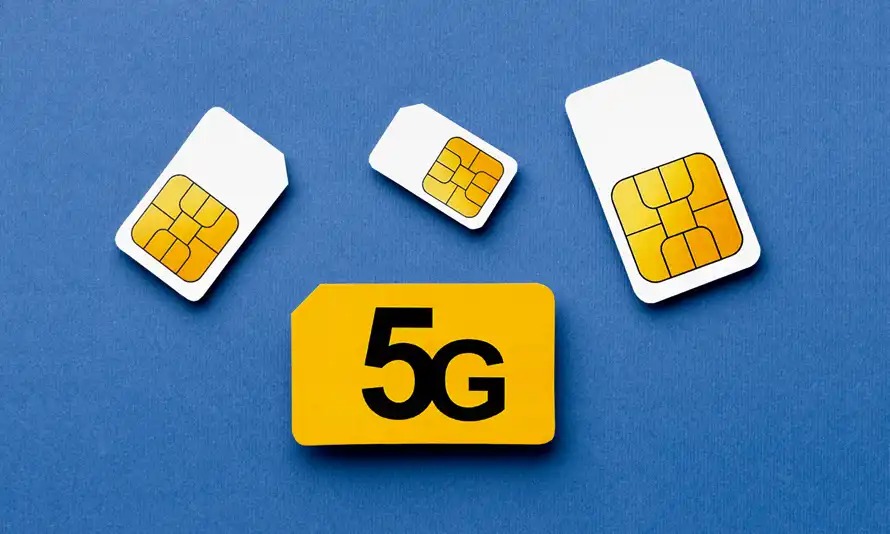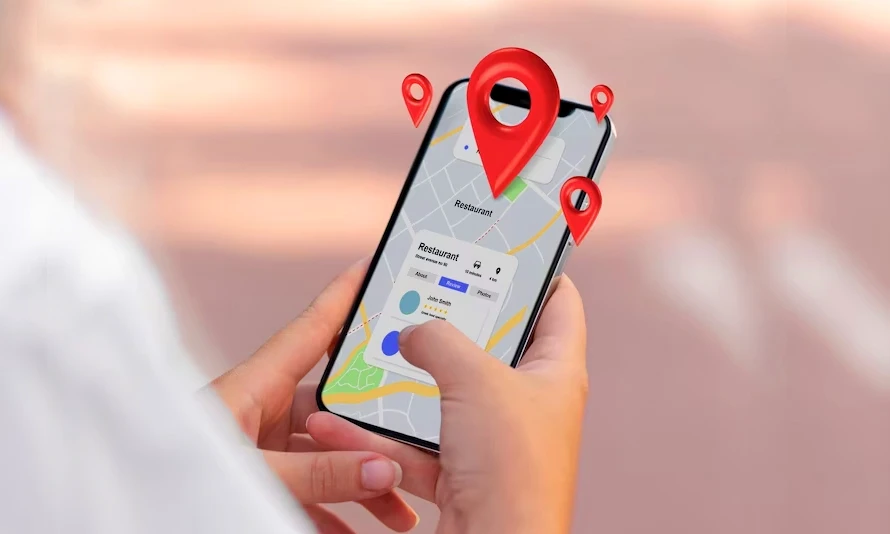India has all set to provide 5G network services in the country. Now that your phone’s technology is going to almost make you feel like you live in the future. The new generation of mobile technologies is here with 5G, and it promises to deliver super-fast download speeds that could change the way you use your phone. But what does 5G mean, exactly? How does 5G work? Here’s everything you need to know about how 5G mobile technology works and why it’s so fast.

What is 5G Mobile Technology?
What is 5G mobile technology? 5G mobile technology will be the fifth generation of wireless technologies, succeeding 4G, 3G, and 2G. It is an upcoming technology that will provide ultra-fast speeds to accommodate a wide range of applications. What are some advantages of 5g over previous generations? One advantage of this generation over earlier ones is that it supports increased throughput in the form of higher data rates with lower latency. Another advantage is that it enables network densification with smaller cell sizes. This means more devices can connect without becoming congested.
5G technology also has built-in features that are designed to enable self-organizing networks which work together to ensure coverage and quality of service (QoS) for all users at all times. 5G networks will make use of new radio frequencies between mmWave bands, such as 28 GHz, which make them able to transfer vast amounts of data in short periods of time. A final advantage is how the new generation allows for multi-gigabit per second download speeds across large distances; when used with a high-frequency spectrum, it can reach up to 10 gigabits per second!
How 5G Mobile Technology Works?
5G is the newest generation of cellular networks that will succeed the current 4G networks. It promises to deliver faster speeds, lower latency, more spectrum for increased capacity, and massive machine-type communications.
The main advantage of 5G is its ability to better handle high bandwidth data transfers without having to sacrifice speed or quality. This means that it can support a lot more devices and users on the network at one time while delivering a much higher quality of service. The new technology also allows for much lower latency, which means there will be less lag in transmitting data between devices.
Furthermore, with up to 10 gigabits per second speed over 5G, it’s even possible for users to access ultra-high definition video content with an uninterrupted experience. With 5G, customers will have improved coverage in rural areas as well as indoors because the signal doesn’t weaken over distance like it does on previous generations of wireless technologies. On top of this, consumers won’t need to change their phones every few years due to incompatibility with each other; instead, they’ll be able to use any device compatible with the network.
Finally, the fifth-generation wireless network will allow for much quicker responses from emergency services by allowing first responders a direct line into customer networks via Remote Operations Centers so that critical data about emergencies are relayed instantaneously.
The Advantages of 5G Mobile Technology
One of the biggest advantages of this new generation is its speed. Theoretically, 5G can achieve speeds up to 10 times faster than 4th Generation (4G) wireless networks. This would allow users to download large files such as video games or movies in a matter of seconds rather than minutes or hours.
Another difference between 4G and 5G is that with 4G, all devices connect to the same frequency band, but with 5G frequency changes. With this new technology, devices will be able to access different frequency bands depending on their need at any given moment. For example, a car might use high-frequency bands while driving, while it may switch to low-frequency ones when stopped at a red light. Different types of devices are using different spectrum bandwidths. Devices that require less bandwidth like smart watches use narrower bandwidths while others like drones have wider bandwidths. The way these frequencies work is by dividing them into either licensed or unlicensed portions which are then divided into smaller subdivisions called carriers. There are two types of carriers: FDD and TDD. FDD stands for Frequency Division Duplex. It sends data over one direction at a time, then swaps frequencies and sends data over the other direction. TDD stands for Time Division Duplex. TDD uses a single frequency for both uplink and downlink communications, with different time periods and slots for each.
A 5G network has to meet specific requirements to qualify as a true 5G network. One key requirement is achieving millimeter-wave radio transmission. In fact, millimeter waves account for 98% of today’s research and development related to 5G because they have much more capacity than the lower frequency waves used by current technologies like WiFi.
Conclusion
In conclusion, one of the many advantages of 5G mobile technology is that it’s faster. 4G, 3G, and 2G are all much slower. With speeds up to 20 gigabits per second (gbps), 5G can handle more than 1000 times the volume of traffic on a typical cell phone network.
Several telecommunications companies have already launched or are about to launch 5G networks in countries such as South Korea, Singapore, Philippines, Canada, Spain, Italy, Germany, the UK, Saudi Arabia, Japan, China, Sweden, and the United States.





